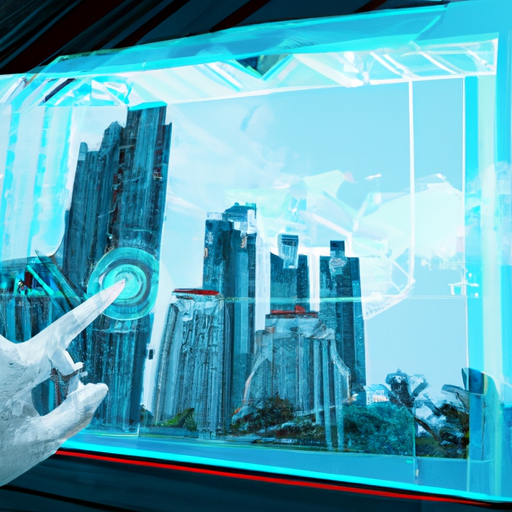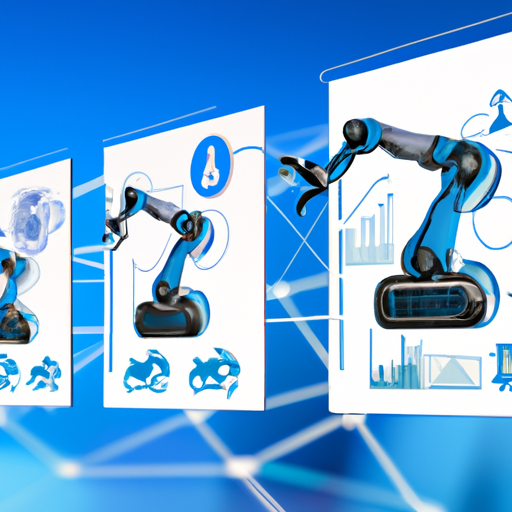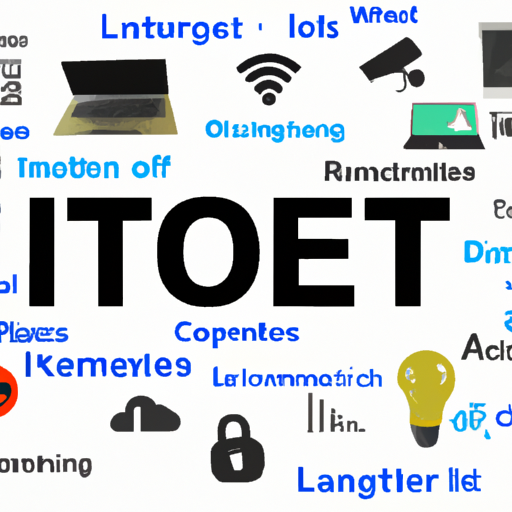In today’s fast-paced business environment, managing multiple functions simultaneously can be overwhelming. Whether it’s project management, customer relationship management (CRM), or financial tracking, the need for streamlined operations has never been more critical. Enter all-in-one business management software — the ultimate solution for businesses looking to boost productivity and maintain a competitive edge.
What is All-in-One Business Management Software?
All-in-one business management software combines various essential business functions into a single cohesive platform. From project management to HR tools and financial analytics, this software eliminates the need for multiple applications, allowing businesses to operate more efficiently.
Benefits of Using All-in-One Business Management Software
- Increased Efficiency: By integrating all functions into one platform, employees spend less time switching between tools, leading to enhanced productivity.
- Cost-Effective: Bundling multiple services into one software solution often reduces overall costs compared to using multiple individual applications.
- Improved Collaboration: With everything located in one place, teams can communicate better, share resources easily, and track project progress without confusion.
- Real-Time Analytics: Access to consolidated data offers insights into business performance, enabling informed decision-making.
- Scalability: As your business grows, all-in-one software can easily adapt, providing new features and tools tailored to evolving business needs.
Key Features to Look For
When selecting an all-in-one business management software, consider the following features:
- Project Management Tools: Track tasks, deadlines, and team workloads to ensure projects run smoothly.
- CRM Capabilities: Manage customer relationships, track sales, and automate market communication, enhancing customer support.
- Financial Management: Integrated accounting tools allow for budgeting, invoicing, and expense tracking.
- Human Resources Management: Streamline employee records, recruitment processes, and performance evaluations.
Choosing the Right Software for Your Business
Every business has unique needs, so it’s essential to evaluate software options that align with your specific requirements. Look for customer reviews, trial periods, and how well the software scales with future growth. Some popular all-in-one business management solutions include Zoho One, HubSpot, and Odoo, each offering a range of tools to boost productivity.
Conclusion
Incorporating an all-in-one business management software into your operations is a strategic move towards improved efficiency and productivity. By uniting different aspects of management, you create a seamless workflow that empowers your team and enhances customer satisfaction, ultimately driving business success. Make the switch today and watch your business thrive!
Ready to transform your business? Explore the best all-in-one business management software now!













